Swimming is a life skill that everyone should have. It’s not just a fun activity or a competitive sport but also a survival skill. Whether you’re an adult or a kid, there is always time to learn to swim. This blog will help you through the swimming basics for beginners and provide you with the necessary tools to start your swimming journey.
Starting Your Swimming Journey
Embarking on your journey to learn swimming can be both exciting and challenging. It’s a process that requires patience, practice, and perseverance. Whether an adult or a child, the first step to learning swimming is to familiarize yourself with the water. Start by getting comfortable in shallow water, gradually moving to deeper sections as your confidence grows. Remember, it’s always possible to learn to swim, even starting at 30 or beyond.
How do beginners start swimming?
The first step to learning to swim is overcoming the fear of water. Start by getting comfortable in the water. You can spend time in a shallow pool and gradually move to deeper water as you gain confidence. Everyone learns at their own pace.
Can you learn to swim on your own?
Yes, you can learn to swim on your own. However, it’s always safer and more effective to learn under the guidance of a professional instructor. They can provide the proper techniques and correct your mistakes, ensuring you learn to swim correctly and safely.
Can I learn to swim at 30 on my own?
Yes! Age is just a number when learning new skills. You can learn to swim at any age with the right mindset and determination.
Understanding Swimming Techniques
Understanding the swimming basics for beginners is crucial to becoming a proficient swimmer. These basics include different swimming strokes, proper body positioning, and efficient breathing techniques. As a beginner, some swimming techniques for dummies may be helpful. These techniques break down complex swimming movements into simple, easy-to-understand steps. One of the types of swimming for beginners to start with is the breaststroke, which is relatively easy to learn and great for building stamina.
What is the most straightforward swimming technique for beginners?
The most straightforward swimming technique for beginners is the breaststroke. It’s a simple stroke that only requires a little coordination or strength. Plus, it lets you keep your head above water, making breathing more accessible and less intimidating for beginners.
What are the basic steps to swimming?
The basic steps to learning swimming include mastering the art of floating, learning the basic strokes, understanding how to breathe while swimming, and learning how to kick in the water. These steps form the foundation of swimming techniques for dummies and are crucial for any beginner.
The importance of mastering different swimming strokes.
Mastering different swimming strokes makes you a versatile swimmer and helps you enjoy swimming more. Each stroke offers a different kind of workout, helping you improve your overall fitness level. Plus, knowing multiple strokes can come in handy in different water conditions.
Breathing Techniques in Swimming
Proper breathing is a fundamental part of learning to swim. As a beginner, you might wonder, “How do you breathe when swimming?” The answer lies in mastering a few simple techniques. First, always try to exhale underwater and inhale when your face is above the water. This breathing cycle helps maintain a steady rhythm and conserves energy while swimming.
How do you breathe when swimming for beginners?
Breathing in swimming can be tricky for beginners. The key is to exhale underwater and inhale when your face is above the water. This might initially feel unnatural, but it will become second nature with practice.
The importance of proper breathing in swimming.
Proper breathing is crucial in swimming. It helps you swim longer and faster. Plus, it ensures that your muscles get enough oxygen, reducing the risk of fatigue and cramps.
Exercises to improve breathing control in swimming.
There are several exercises to improve your breathing control in swimming. These include bobbing, where you sink in the water, exhale, and then rise to inhale, and practicing breathing on both sides while swimming, also known as bilateral breathing.
Self-Learning vs. Professional Swimming Lessons
You have two main options when learning to swim: self-learning or professional swimming lessons. Self-learning allows you to progress at your own pace and is a good option if you’re comfortable in the water. On the other hand, professional swim programs for beginners provide structured lessons and personalized feedback and can often accelerate your learning process.
The benefits of learning to swim on your own.
Learning to swim independently allows you to learn at your own pace. You can take your time to master each technique and move on to the next only when you’re ready. Plus, it gives you the flexibility to practice whenever you want.
The advantages of professional swimming lessons.
Professional swimming lessons provide you with the guidance of experienced instructors. They can provide valuable feedback, correct your mistakes, and ensure you’re learning the correct techniques. Plus, they can provide a structured learning plan, making your learning process more efficient.
Choosing the proper learning method for you.
Whether you learn independently or take professional lessons depends on your preferences, goals, and resources. Suppose you’re confident in your ability to learn independently and have plenty of time. In that case, self-learning might be the way to go. However, opt for professional lessons if you prefer structured learning and professional guidance.
Tips and Tricks for Beginner Swimmers
As you embark on your journey to learn swimming, here are a few tips and tricks to remember. First, invest in the right gear. A good swimsuit, goggles, and a swim cap can make your swimming sessions more comfortable. Second, take your time with your progress. Learning to swim takes time, and it’s essential to master the basics before moving on to more advanced techniques. Finally, stay consistent with your practice. The more you swim, the better you’ll get.
Essential swimming gear for beginners.
As a beginner, you’ll need a few essential pieces of gear. These include a comfortable swimsuit, a pair of goggles, and a swim cap. You should also invest in a kickboard to help you practice your kicks and strokes.
Common mistakes beginner swimmers make and how to avoid them.
Common mistakes beginner swimmers make include holding their breath, not using their legs enough, and trying to swim too fast too soon. Remember to breathe regularly, kick from your hips, and pace yourself to avoid these mistakes.
How to stay motivated during your swimming journey.
Staying motivated during your swimming journey can be challenging, especially when progress seems slow. Setting small, achievable goals, celebrating progress, and mixing up your routine can motivate you.
In Conclusion, Learning to swim is a journey that requires patience, practice, and perseverance. But with the right approach and determination, anyone can master the art of swimming. Remember, it’s not about how fast you learn but about enjoying the process and the many benefits swimming offers.
Are you ready to swim? This piece covers you. So put on your swimsuit, jump in the pool, and start your swimming journey today with Pursueit!
FAQs on Swimming in Dubai
How long does it take for a beginner to learn swimming?
The time it takes to learn swimming varies from person to person. It depends on your comfort level in the water, your physical fitness, and how often you practice. On average, learning the basics can take a few weeks to a few months.
What is the best age to learn to swim?
There’s no “best” age to learn swimming. It’s a skill that can be learned at any age. However, it’s generally more accessible for children to learn as they tend to be less fearful and more adaptable.
Is swimming an excellent way to stay fit?
Yes, swimming is an excellent way to stay fit. It’s a low-impact exercise that works for all the major muscle groups in your body. Plus, it’s a great way to improve your cardiovascular fitness.
Can swimming help in weight loss?
Yes, swimming can help in weight loss. It’s a high-calorie-burning exercise that can help you maintain a healthy weight with a balanced diet.
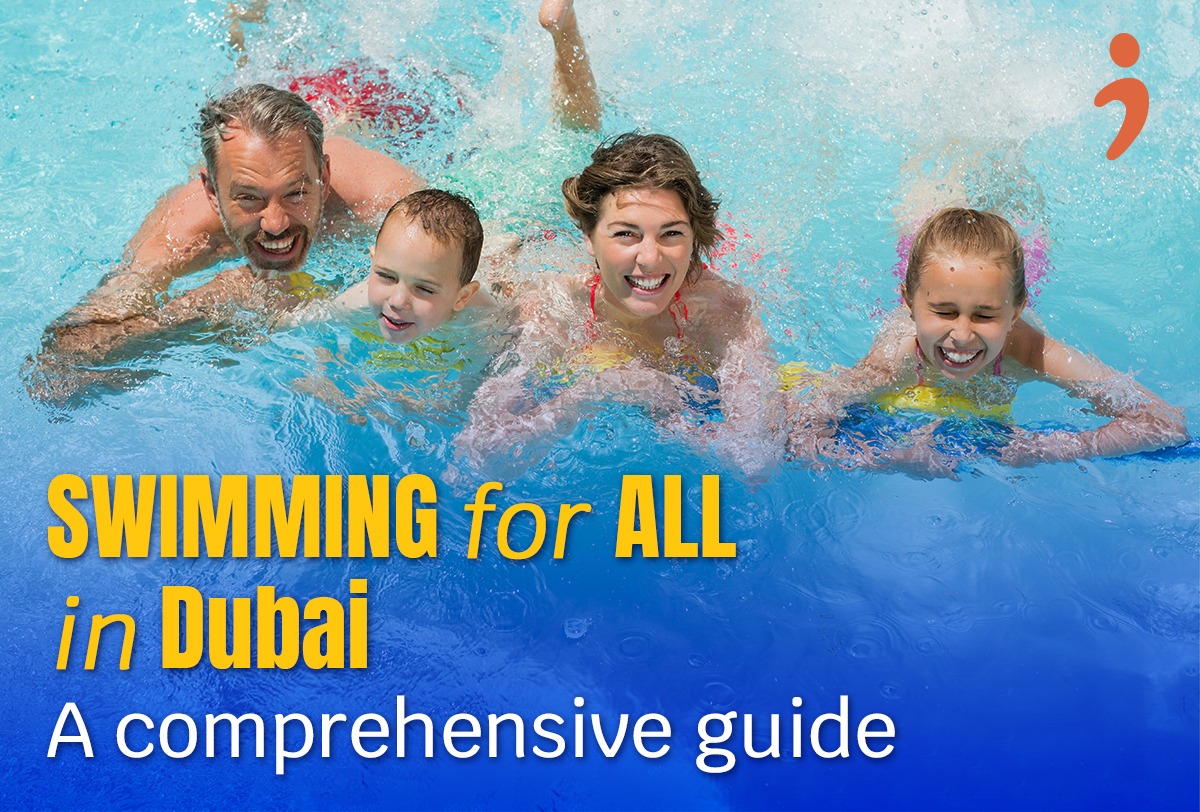
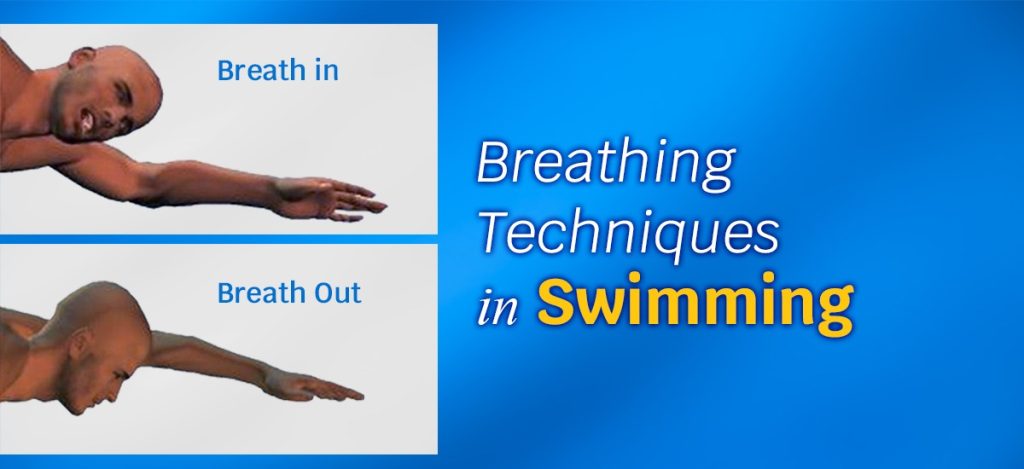
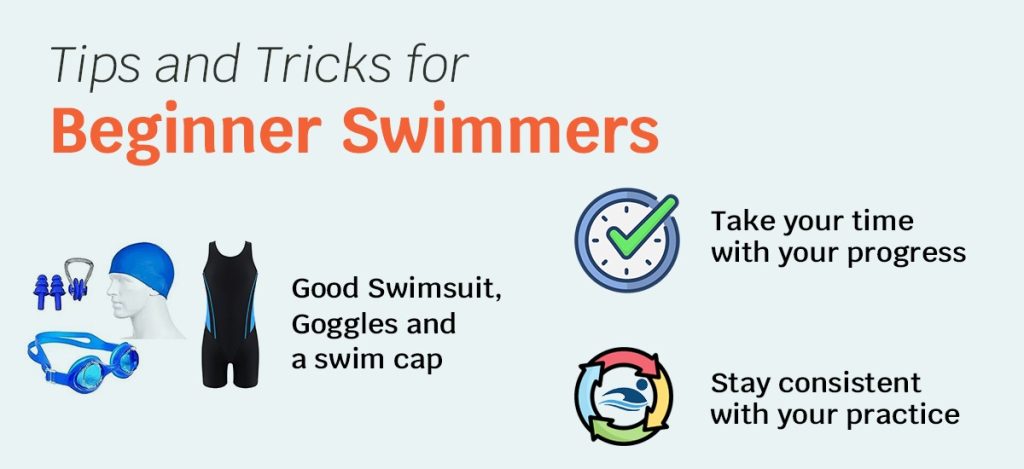
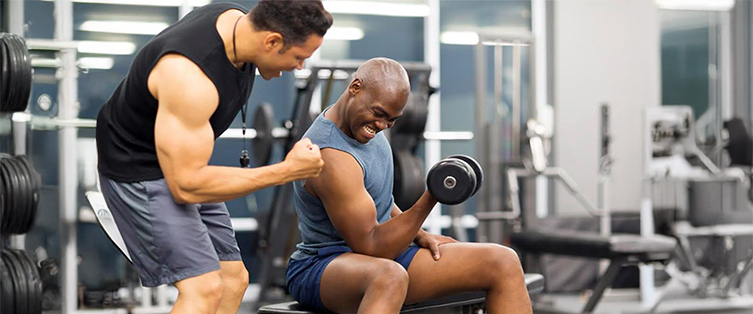
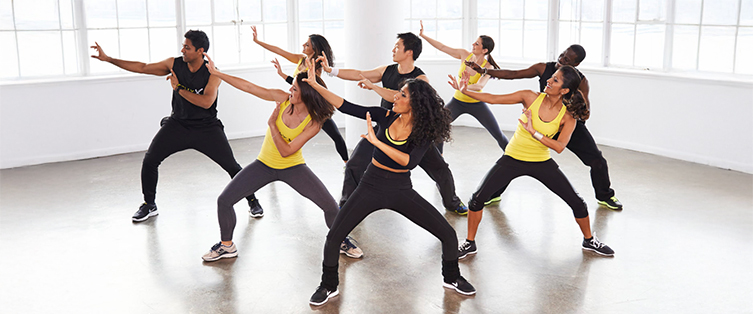

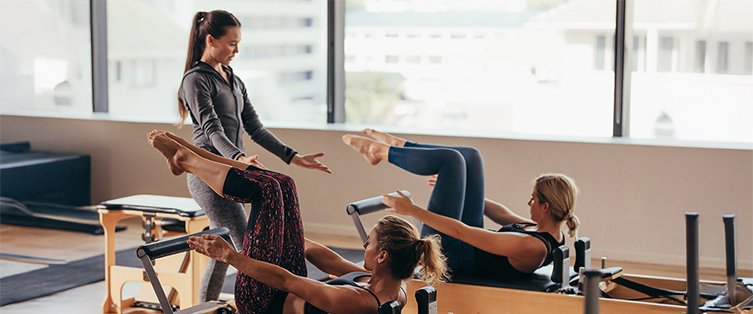

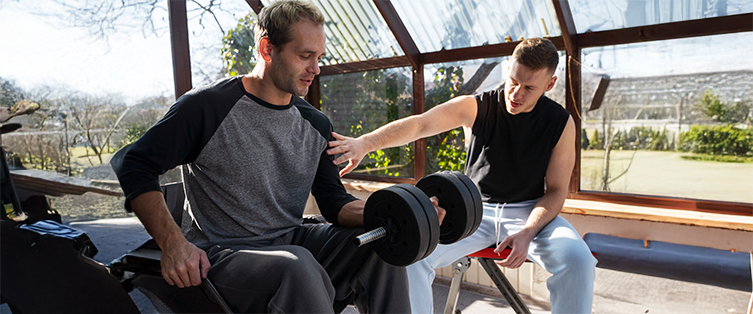
Leave a Reply